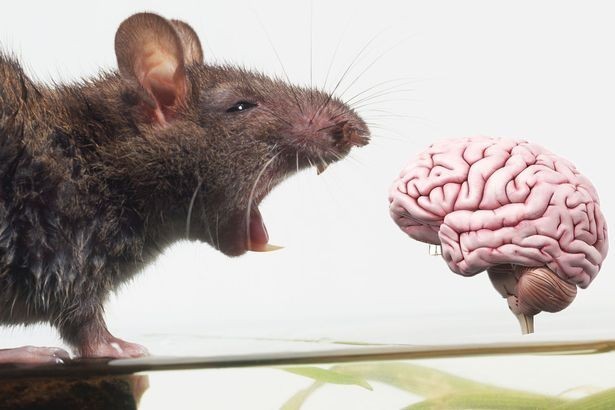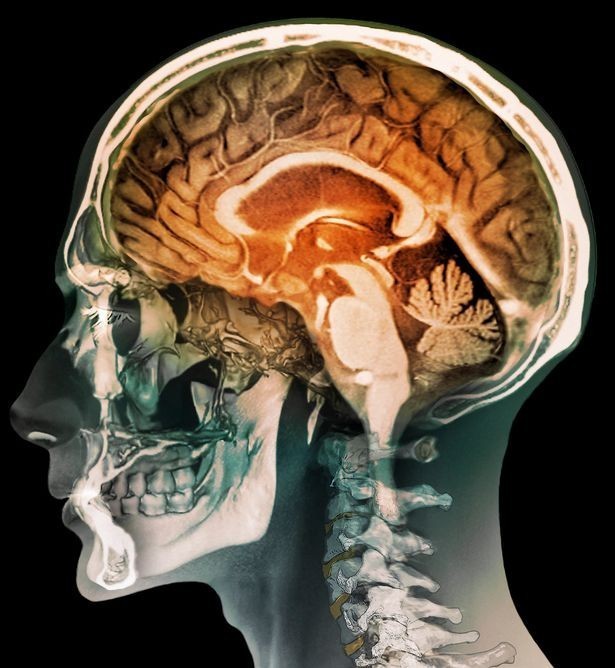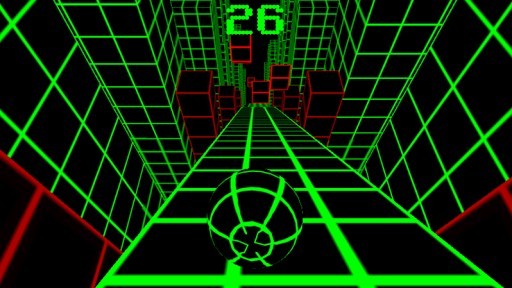Scientists build digital rat brain in 'tour de force' - and a cyborg human mind could be next
Virtual rodent grey matter created within a computer, paving the way for a recreation of our own species' super complex brain.
Scientists have built a simulated rat brain within a supercomputer, an incredible achievement pointing to a future where machines can mimic human minds.
Rats the way to do it: Could computers become cleverer than humans?
A group of 82 researchers worked on a scheme called The Blue Brain Project, which involves "digitally reconstructing and simulating" a small section of the part of a rodent's brain called the neocortex.
This model is so sophisticated that it can mimic the brain activity caused when a rat's whiskers are touched.
The scientists said their virtual mind demonstrates the sort of technology which could one day recreate human minds.
"This is a first draft reconstruction of a piece of neocortex and it’s beautiful," said Henry Markram, director of the Blue Brain Project.
"It’s like a fundamental building block of the brain."
Virtual rat: It may be small, but this rodent's mind is still very complex
The simulated rat brain is a "map" of 31,000 cells, which are connected by a total of 40 million synapses which send messages between these cells.
Whilst this is a mammoth achievement, the team would need to create a whopping 86 billion cells to mimic humans' super clever brains.
“One of the biggest reasons we can’t understand the brain is that we cannot map it,” Markram added.
"This is a proof of concept that you can map a piece of the brain with enormous accuracy.
"If we can map it, we will be able to understand the detailed mechanisms of how it works."
Clever clogs: Science is still some way away from fully understanding the human mind
Cori Bargmann, co-director of the Kavli Neural Systems Institute at Rockefeller University, told the New York Times that the rat brain was a scientific "tour de force".
However, she also said research was "in its infancy".
She said: "They built a 747, and it’s taxiing around the runway.
"I haven’t seen it fly yet, but it’s promising."






















Facebook Conversations